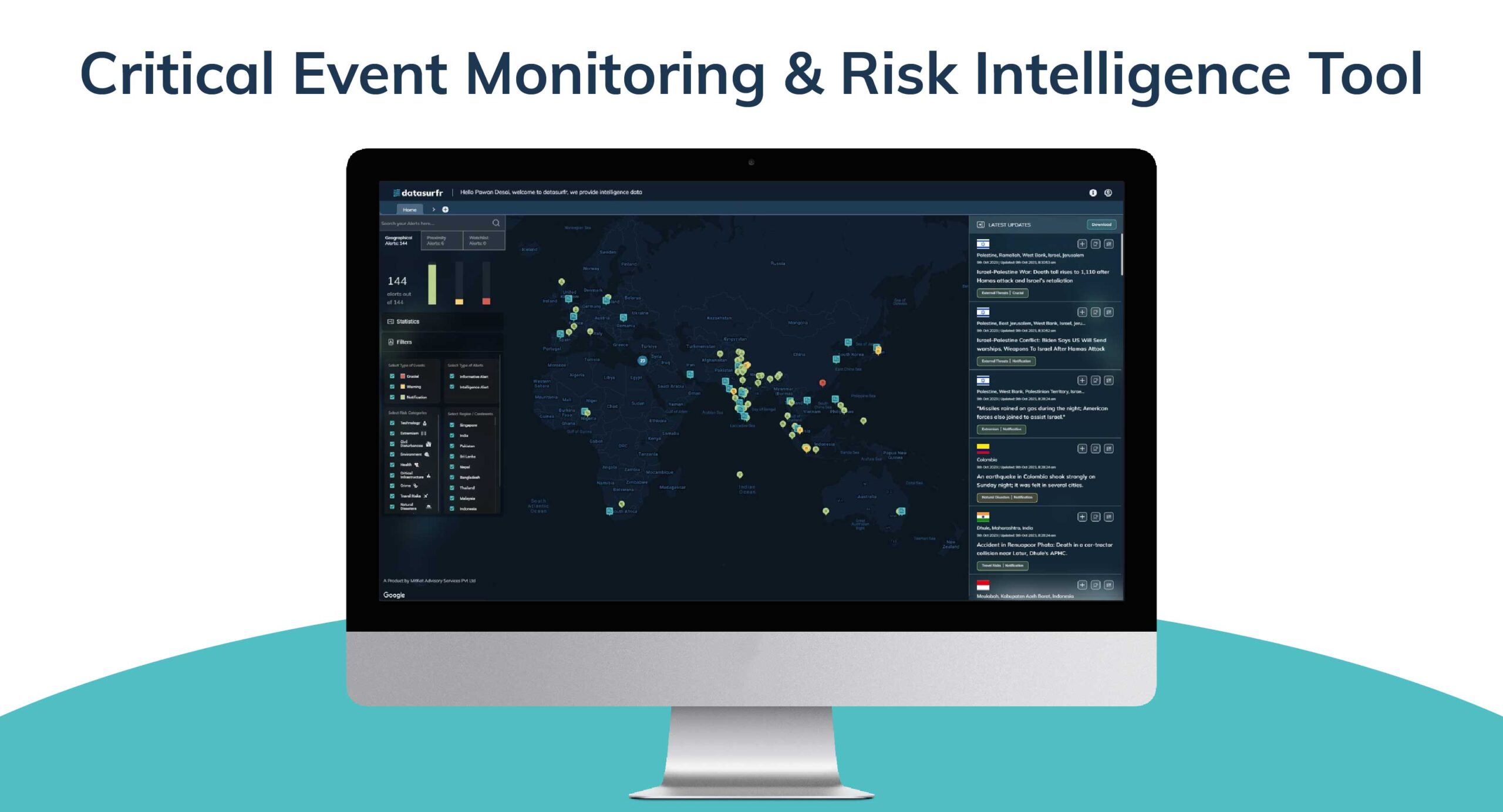Locations affected: United States
What:
On 21st July, President Joe Biden announced he will not seek re-election and will continue as President and Commander-in-Chief until his term ends in January 2025. Instead, he endorsed Vice President Kamala Harris as the Democratic nominee for the presidential election to be conducted on 05th November.
Why:
The decision follows mounting pressure from Biden’s Democratic allies, including donors, lawmakers, and aides who expressed concerns about his ability to serve another term. By endorsing Vice President Harris, Biden aims to unify the party, present a formidable opponent to Donald Trump, and appeal to a diverse electorate, especially young voters.
So What:
The Democratic Party’s rules committee will convene on 24th July to determine the process for selecting a new nominee. With Biden’s withdrawal, delegates are now free to support other candidates, potentially leading to competition for Harris. Despite several key endorsements for Harris, including Bill Clinton, Hillary Clinton, Ro Khanna, and Jim Clyburn, others like Barack Obama, Nancy Pelosi, and Chuck Schumer have yet to endorse her. The withdrawal has spurred significant fundraising, with Democrats raising over $50 million online on 21st July, signalling strong enthusiasm for Harris.
Outlook:
The Democratic National Convention (DNC), scheduled for mid-August in Chicago, will be crucial for finalizing the Democratic nominee. While Harris has garnered significant endorsements, she is not yet the presumptive nominee. The DNC rules committee will meet on 24th July to outline the nomination process. If the party fails to unify behind a single candidate, an open convention could occur, allowing delegates to choose among multiple candidates.


